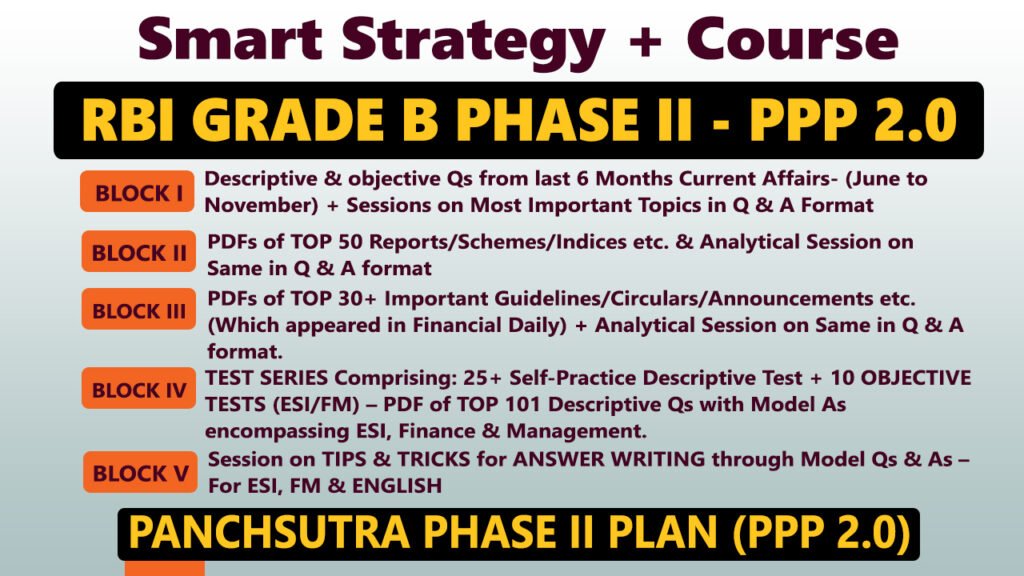Got Questions? We’ve Got Answers!
📚 Whether it’s about exams, career advice, or daily doubts, don’t hesitate—ask away!
💡 Daily Current Affairs for UPSC Quiz | Daily Quiz for UPSC
💡 Your Learning Partner Is Just a Click Away!
👉 Click here to Ask Your Question Now and get clear, reliable answers from experts.
Daily Current Affairs
2 & 3 October, 2025
1. The Beti Bachao, Beti Padhao (BBBP) scheme, which recently completed a decade, was launched in which year?
A) 2012
B) 2014
C) 2015
D) 2016
E) 2017
Answer: C) 2015
Explanation: The BBBP scheme was launched on 22 January 2015 at Panipat, Haryana, by the Government of India to prevent gender-biased sex selection, ensure survival and protection of the girl child, and promote her education.
2. The SARAL Tool, launched by the Anusandhan National Research Foundation (ANRF), is primarily designed to:
A) Monitor AI research funding
B) Simplify complex scientific papers using AI
C) Train researchers in data analysis
D) Promote patents for new inventions
E) Create AI-based agricultural forecasts
Answer: B) Simplify complex scientific papers using AI
Explanation: The SARAL (Simplified and Automated Research Amplification and Learning) Tool uses AI to create simplified summaries of complex research papers, making science more accessible to citizens, policymakers, and industry.
3. In the October 2025 RBI Monetary Policy Committee (MPC) meeting, the repo rate was:
A) Increased to 6.5%
B) Decreased to 5.0%
C) Kept unchanged at 5.5%
D) Increased to 6.0%
E) Decreased to 4.5%
Answer: C) Kept unchanged at 5.5%
Explanation: In the October 2025 MPC meeting, RBI maintained the repo rate at 5.5% with a neutral stance to support growth and assess the impact of earlier rate cuts.
4. The Expected Credit Loss (ECL) framework proposed by RBI will become applicable from:
A) April 1, 2025
B) April 1, 2026
C) April 1, 2027
D) April 1, 2028
E) April 1, 2029
Answer: C) April 1, 2027
Explanation: RBI’s ECL framework, a forward-looking provisioning system for banks, will be implemented from April 1, 2027 to improve risk assessment and resilience of the banking system.
5. RBI has recently withdrawn the 2016 circular that limited lending to large corporates. The reason for withdrawal was:
A) Rising inflation
B) Increased NPAs
C) Reduced corporate credit share in banking exposure
D) Global financial crisis
E) Government pressure
Answer: C) Reduced corporate credit share in banking exposure
Explanation: RBI removed the system-level lending cap as corporates’ share in total banking exposure dropped by around 10%, reducing systemic risk.
6. The proposed RBI reform allowing banks to finance mergers and acquisitions (M&A) aims to:
A) Reduce government borrowing
B) Encourage leveraged buyouts and corporate growth
C) Restrict foreign investment
D) Reduce retail investor participation
E) Increase interest rates
Answer: B) Encourage leveraged buyouts and corporate growth
Explanation: The RBI reform enables banks to finance M&A deals, lowering the cost of corporate takeovers and promoting capital market growth.
7. Which of the following statements about Urban Cooperative Banks (UCBs) is incorrect?
A) They operate mainly in rural areas only.
B) They cater to small borrowers and traders.
C) They are governed by both RBI and cooperative acts.
D) New licences may be issued after 20 years.
E) Their number has declined due to consolidation.
Answer: A) They operate mainly in rural areas only.
Explanation: UCBs function in urban and semi-urban areas, not rural ones. They serve small borrowers and traders under dual regulation of RBI and state cooperative acts.
8. According to SEBI norms, a mutual fund sponsor must have a minimum net worth of:
A) ₹25 crore
B) ₹40 crore
C) ₹50 crore
D) ₹75 crore
E) ₹100 crore
Answer: C) ₹50 crore
Explanation: As per SEBI’s Mutual Fund Regulations, a sponsor must have a minimum net worth of ₹50 crore and a five-year profitable track record in financial services.
9. The National Pulses Mission (2025–31) aims to raise domestic pulses production to:
A) 200 lakh tonnes
B) 242 lakh tonnes
C) 300 lakh tonnes
D) 350 lakh tonnes
E) 400 lakh tonnes
Answer: D) 350 lakh tonnes
Explanation: The National Pulses Mission (2025–31) targets production of 350 lakh tonnes of pulses by 2030–31 to achieve self-reliance and reduce import dependency.
10. Under the Pradhan Mantri Fasal Bima Yojana (PMFBY), what is the maximum premium share a farmer pays for Kharif crops?
A) 1%
B) 1.5%
C) 2%
D) 3%
E) 5%
Answer: C) 2%
Explanation: Under PMFBY, the farmer’s premium share is capped at 2% for Kharif crops, 1.5% for Rabi crops, and 5% for horticultural crops, with the rest subsidised by the government.



















